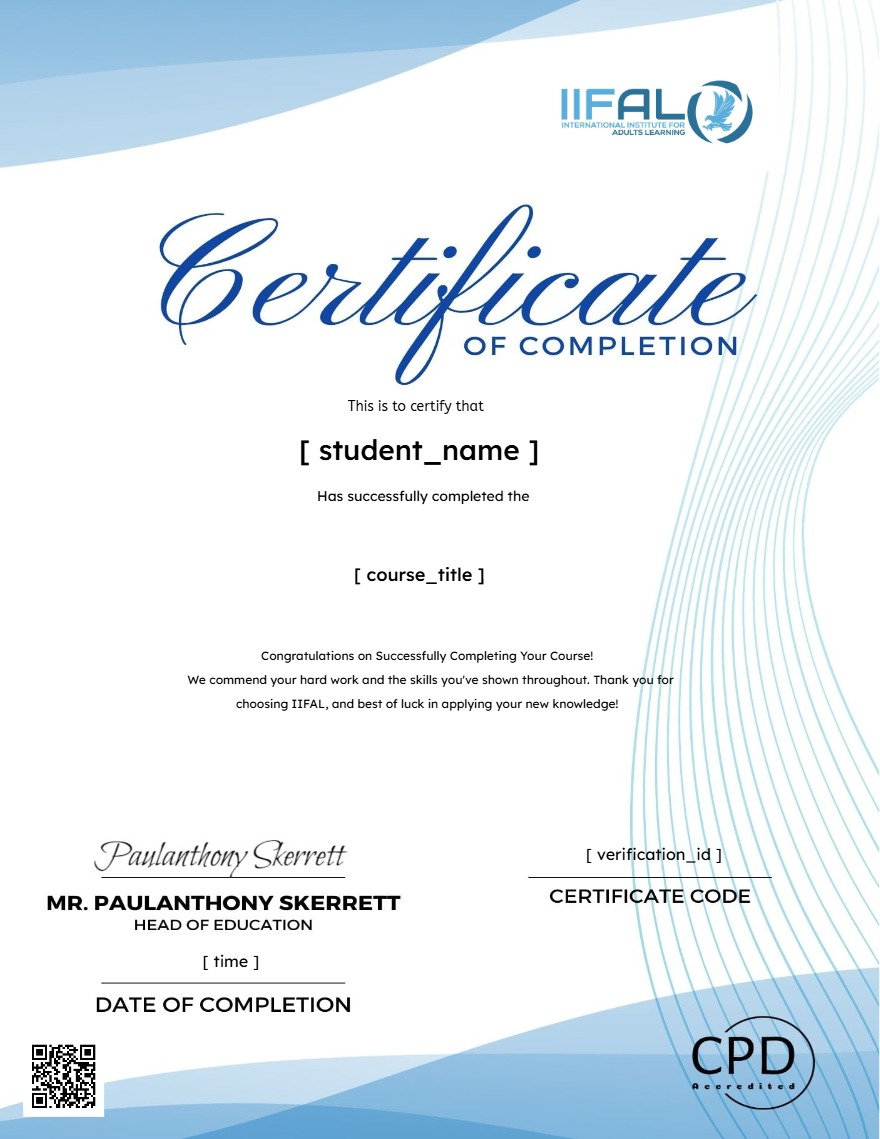
About Course
Functional training is an essential approach to fitness that focuses on enhancing movement patterns used in daily life and athletic performance. This one-hour CPD course is designed for fitness professionals seeking to deepen their understanding of functional training principles and incorporate them into effective workout programs.
The course begins with an exploration of the fundamental concepts of functional training, highlighting its benefits in improving strength, balance, mobility, and injury prevention. Learners will study key movement patterns, including squatting, hinging, pushing, pulling, rotating, and gait-related exercises. The emphasis on multi-joint, core-focused, and dynamic exercises ensures a comprehensive understanding of how functional training aligns with real-world movement demands.
Through engaging videos and interactive content, participants will gain insight into designing functional training plans that are adaptable to clients of varying fitness levels. Practical activities include identifying functional exercises, categorising movement patterns, and creating a structured 30-minute workout plan.
This course is self-paced and delivered online, making it accessible for busy professionals. By the end of the course, participants will have the confidence to implement functional training into their practice, fostering better outcomes for their clients. Successful completion includes a certificate recognising one hour of CPD achievement.
Course Content
Introduction to Functional Training: Principles and Practice
Definition of functional training
Benefits of Functional Training
Examples of Functional Movement Patterns
Key Points and Examples of Functional Training
Functional Training Principles
Practical Application: Designing a Functional Training Plan
Activities: Quiz and Plan Design
Earn a certificate
Add this certificate to your resume to demonstrate your skills & increase your chances of getting noticed.

Student Ratings & Reviews

